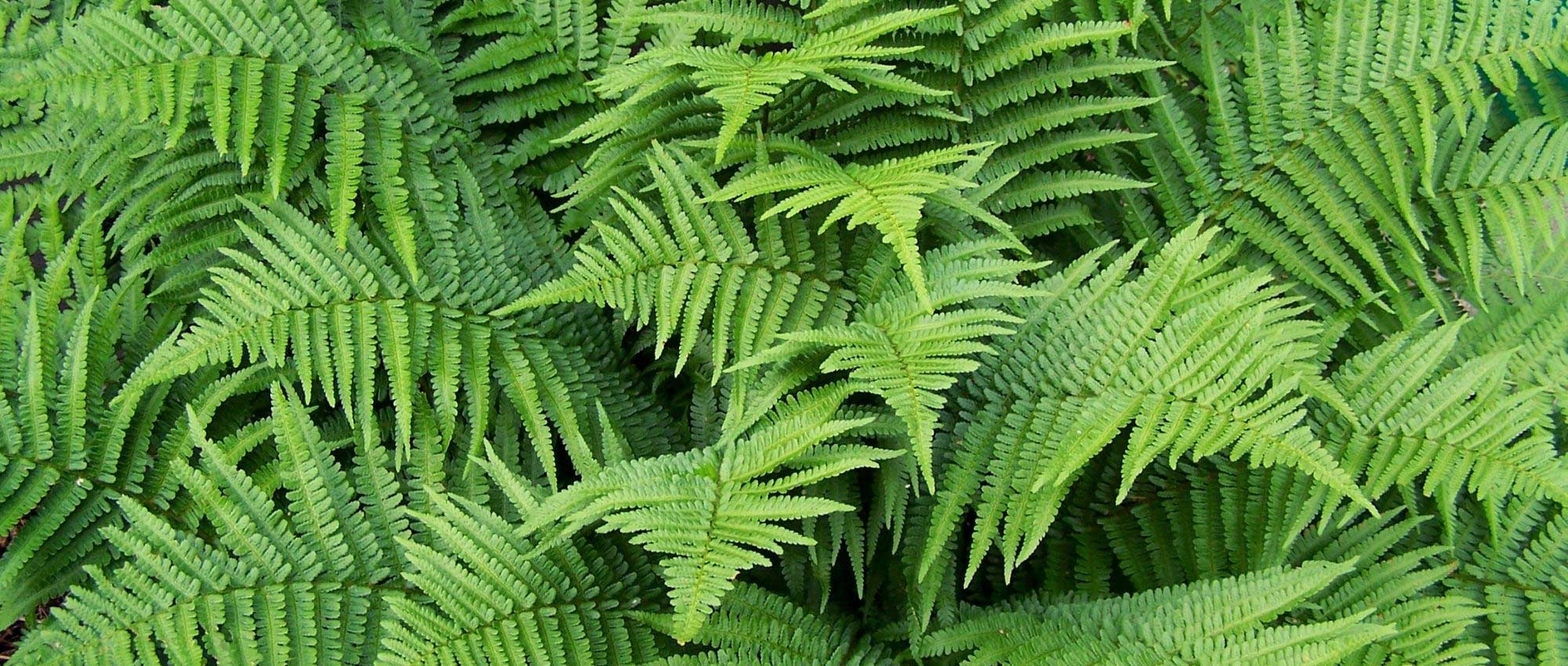
6 ferns that tolerate drought
Easy-to-grow, hardy ferns!
Summary
Ferns have a reputation for growing in cool or moist mediums, and it is indeed the case for most of them… but did you know that some, once established, cope very well with dry soils? They adapt much better than one might think! Most of them, however, with the exception of Cheilanthes lanosa, need planting in shade. Likewise, we recommend watering during the first year to help them establish; thereafter they will not require watering. Ferns will thus allow you to create superb shaded beds or rockeries with a very natural look. Their delicate, finely divided fronds are ideal for accompanying perennials such as Geranium macrorrhizum, Epimediums, Euphorbia amygdaloides, periwinkles or Heucheras.
Discover our selection of the best ferns adapted to drought! And for more choice, feel free to browse our full range of ferns for dry soil.
Cheilanthes lanosa
Top of this category, fern Cheilanthes lanosa is most resilient! This fern originates from southern United States and Mexico, where it grows in arid areas. It bears green–grey fronds with a wooly appearance measuring 20–30 cm long. They are covered with small silvery hairs that protect it from drought by capturing dew and reducing evapotranspiration. Leaves also tend to curl up when water is scarce to better withstand drought. They plump up again as soon as it rains. Its fronds are also evergreen, remaining decorative even in winter.
In addition to tolerating drought, unlike other ferns, Cheilanthes lanosa thrives in sun! We therefore recommend planting it preferably in acidic or neutral soil, although it also tolerates calcareous conditions. Its heat and drought resistance doesn’t prevent it being very hardy, as it tolerates down to −15 °C. However, it does not tolerate excessive moisture in winter.
Plant Cheilanthes lanosa in a rockery or sunny border alongside other plants suited to these growing conditions, such as blue fescue and Stipa tenuifolia, houseleek, Eryngium and rock geraniums (for example Geranium cinereum).
→ Discover our full fact sheet on Cheilanthes: plant, grow, maintain
You may also read
Ferns: growing and plantingAsplenium trichomanes
Also called False capillary or Wall capillary, Asplenium trichomanes is a small fern found in the wild in France, generally on stone walls or in rock crevices. It requires very little substrate. It has a very different appearance from most ferns, since its fronds measure only 15 cm long and are almost linear. It is precisely their very fine appearance that gives this fern its nickname “Capillary”. They are divided into small ovate pinnules of dark green colour, attached to a shiny black or brown rachis (central axis) extending the petiole. Fronds of Asplenium trichomanes also have the advantage of being evergreen. As with Cheilanthes, they can dry out and curl up during drought, but they regain their shape as soon as it rains! It is truly a small fern that is undemanding and grows easily. It tolerates calcareous conditions very well and proves quite hardy. It is ideal to plant in a rockery or on a low wall, in gaps between stones, in shade or part shade. You can plant it alongside Epimédiums, polypody and hart’s-tongue ferns and saxifrages.
Discover other Ferns
View All →Available in 1 sizes
Available in 1 sizes
Available in 2 sizes
Available in 1 sizes
Available in 1 sizes
Available in 2 sizes
Available in 2 sizes
Available in 1 sizes
Available in 1 sizes
Available in 2 sizes
Polystichum acrostichoides
Nicknamed “Christmas fern” because of its evergreen fronds, Polystichum acrostichoides is a fern native to North America that forms spreading tufts, measuring 40 to 50 cm tall. They consist of long leathery, lanceolate fronds divided into 20 to 35 pairs of dark glossy pinnules. They also have attractive silvery highlights. Polystichum acrostichoides is a vigorous and very hardy fern (down to −30 °C) that is therefore also suitable for mountain gardens.
Place in shade or partial shade, possibly in a rock garden, in acidic or neutral, preferably moist soil. Easy to grow, it adapts to a range of growing conditions. Pair with saxifrages, loosestrifes, hart’s-tongue ferns, hostas, erythroniums, hellebores…
You may also read
Ferns: how to choose them?Dryopteris filix-mas
Male Fern forms a spreading clump made up of large fronds. It is one of the most widespread ferns. It has fairly flexible, light-green fronds divided into about twenty pinnae, themselves further divided into pinnules. Petiole and rachis (central axis) bear brown scales. Foliage is deciduous to semi-evergreen, depending on climate. This is a large fern reaching 1 m to 1.20 m in height with a spread of about 80 cm. It is nicknamed Male Fern for its robust habit, in contrast to Female Fern, which appears more frail and delicate. There are varieties with cristate forms (for example Dryopteris filix-mas ‘Cristata’ or ‘Linearis’). It quickly forms large, densely packed clumps.
Regarding cultivation, this is a very robust, hardy fern, trouble-free and fairly adaptable! We nevertheless recommend planting in shade, in ordinary soil rich in humus. Water regularly during first year. Once established, it can tolerate drought, provided it is in shade.
Polypodium vulgare
Polypody is a small fern that grows wild in France, in woodland, where it is fairly common. It is found on old walls, rocks, and sometimes on tree trunks covered in moss. It really does not need much substrate. It spreads gradually thanks to its creeping and fleshy rootstock, covered with scales. The rootstock is edible and has a liquorice flavour. Polypody bears once-divided fronds with a lovely green hue. These reach up to 25–30 cm in height at most, and are evergreen. The sori, on the underside of the fronds, form small rounded clusters of orange colour. When ripe, they open and release spores.
Plant polypody in shade or partial shade, preferably in acidic substrate. You can also install it on a low wall. We recommend a few waterings at first to help establishment, but thereafter it will tolerate drought. Its fronds may dry out and curl up during drought, but they will unfurl again at the first rain. This is an undemanding small fern, not fussy and fairly adaptable. Plant beside it hostas, variegated ivy, Solomon’s seal or periwinkles.
Dryopteris sieboldii
Dryopteris sieboldii is an unusual fern, not very common in cultivation. Native to Asia, where it grows in woodland understorey. It grows slowly and reaches 60–70 cm in height. Its fronds are distinctive, divided into large, broad pinnules with slightly undulate margins. They therefore have a much coarser appearance than most ferns. They are a lovely matt green colour and are quite thick. They are evergreen and therefore remain ornamental even in winter. It produces fertile fronds in summer, with a finer lamina that bear large rounded sori on their underside and release spores when ripe.
Dryopteris sieboldii is a fairly easy fern to grow. Plant it in shade or partial shade, in rich humus-bearing soil. Once established, it will tolerate drought. In the garden, with its distinctive fronds, it lends a rather exotic touch! You can pair it with hostas, Fatsia japonica, Rodgersia, Cardiocrinum giganteum, Cyrtomium falcatum…
- Subscribe!
- Contents
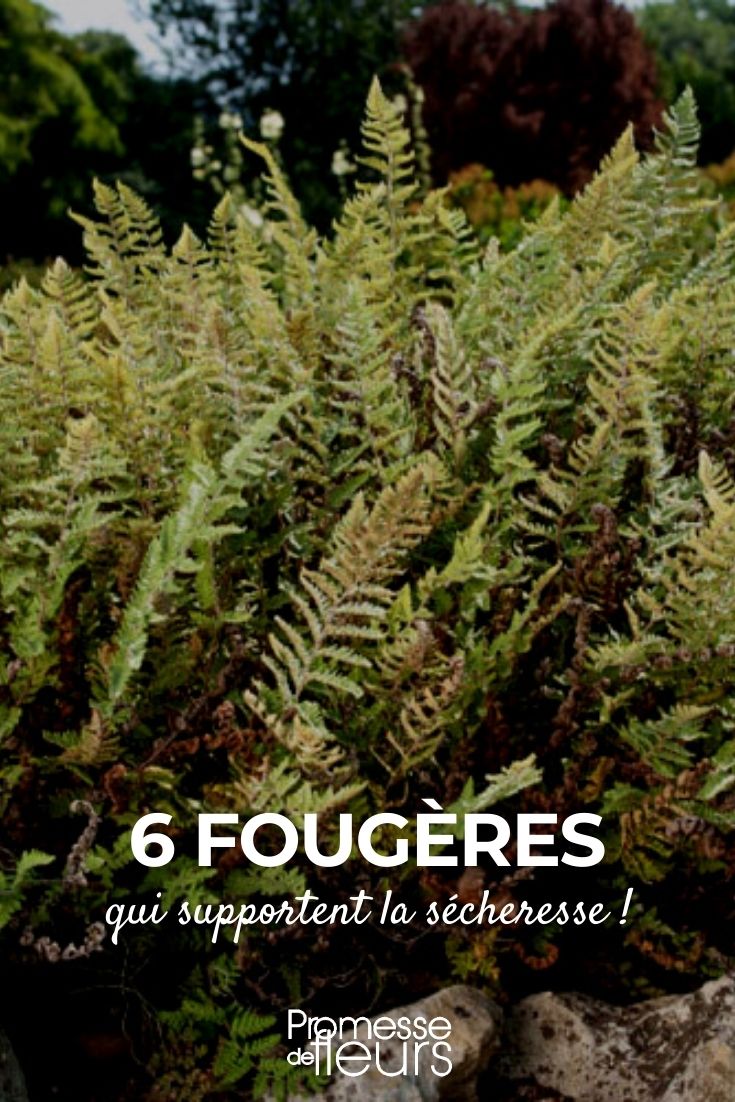































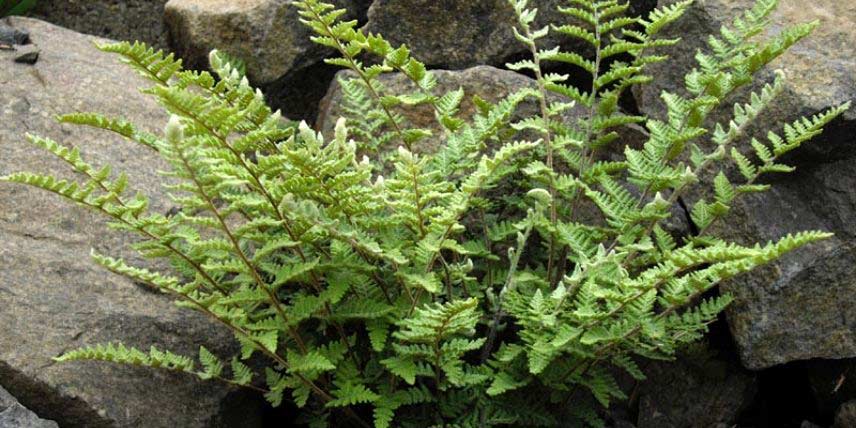
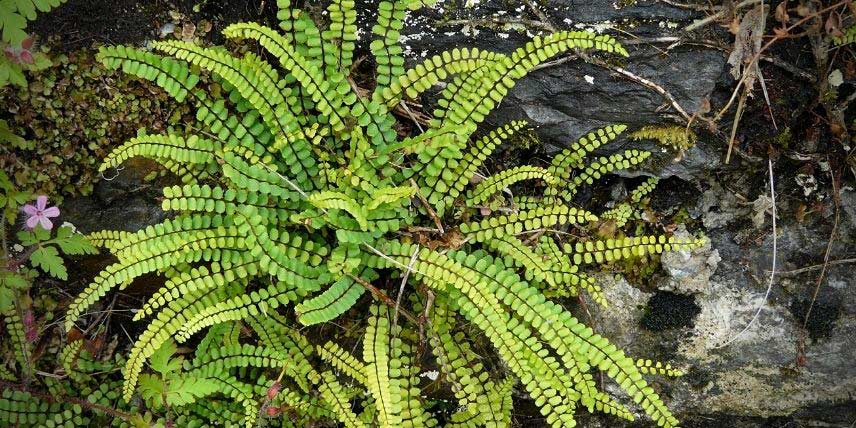
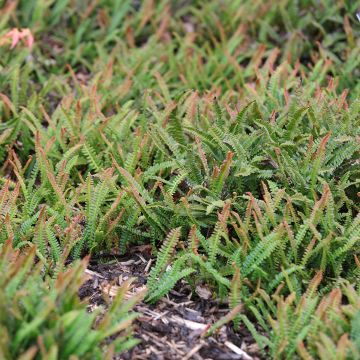

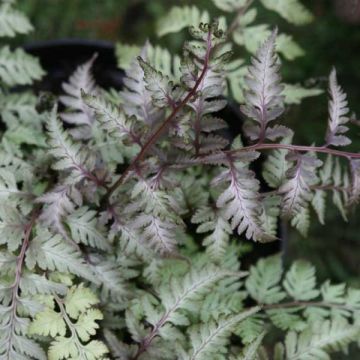
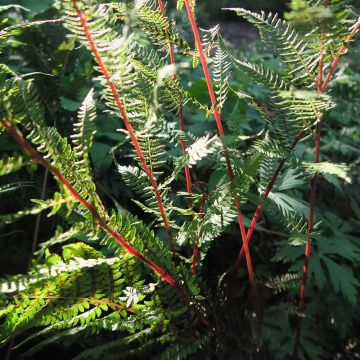
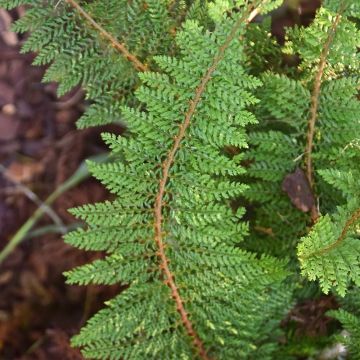
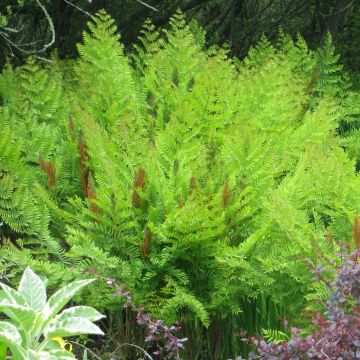

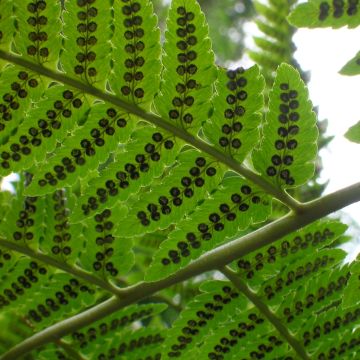

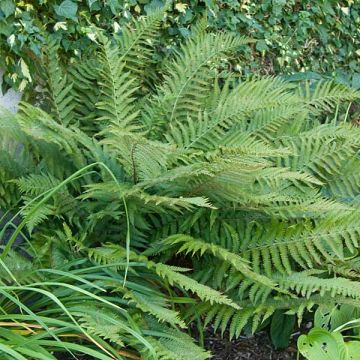
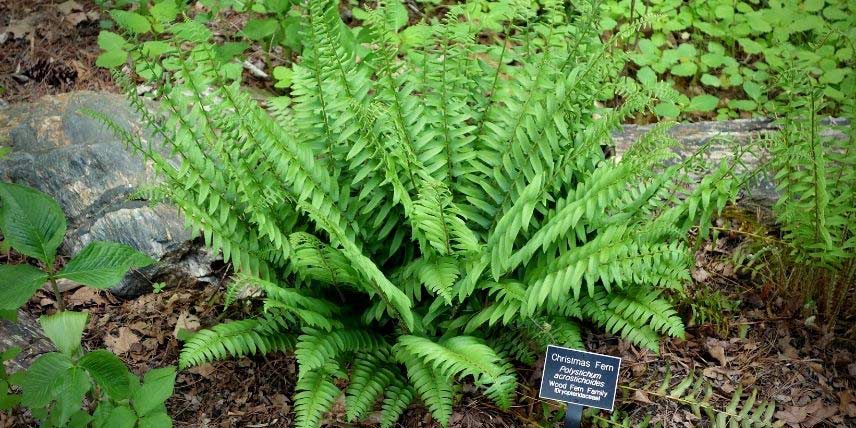
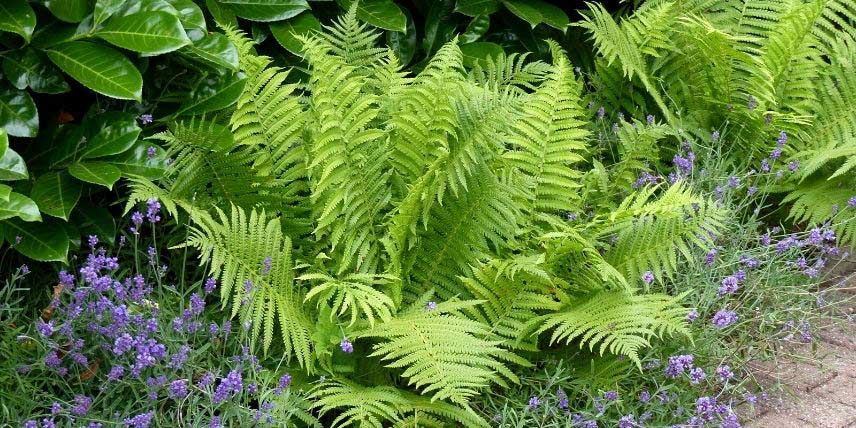
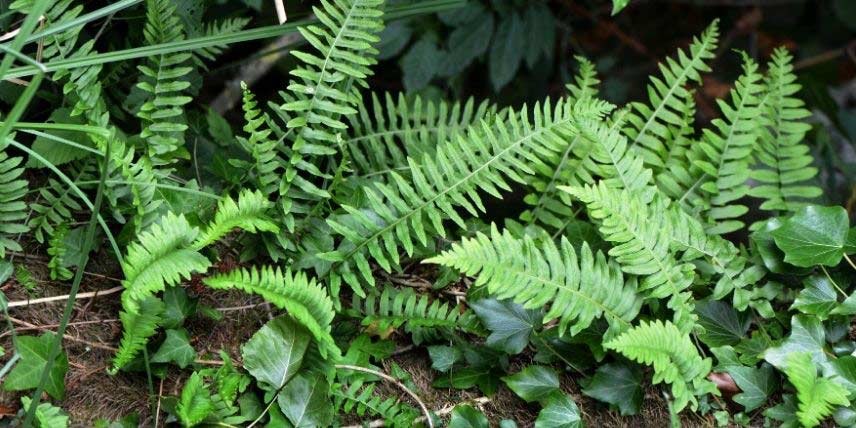
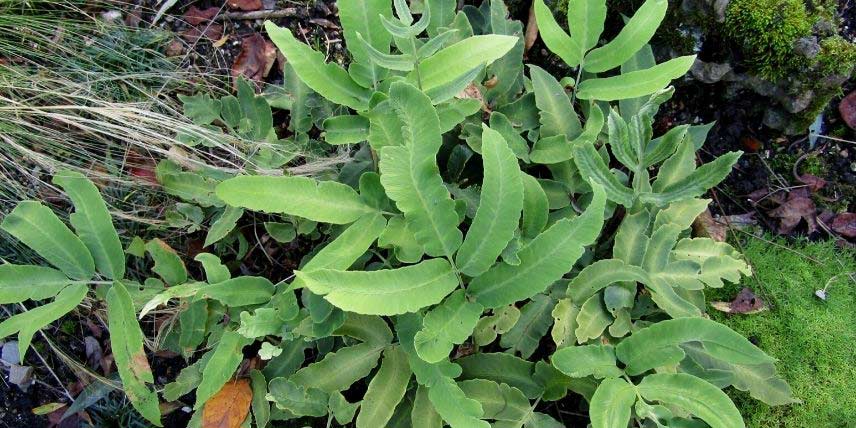
Feedbacks